Die Espressonisten — Berlin, Germany
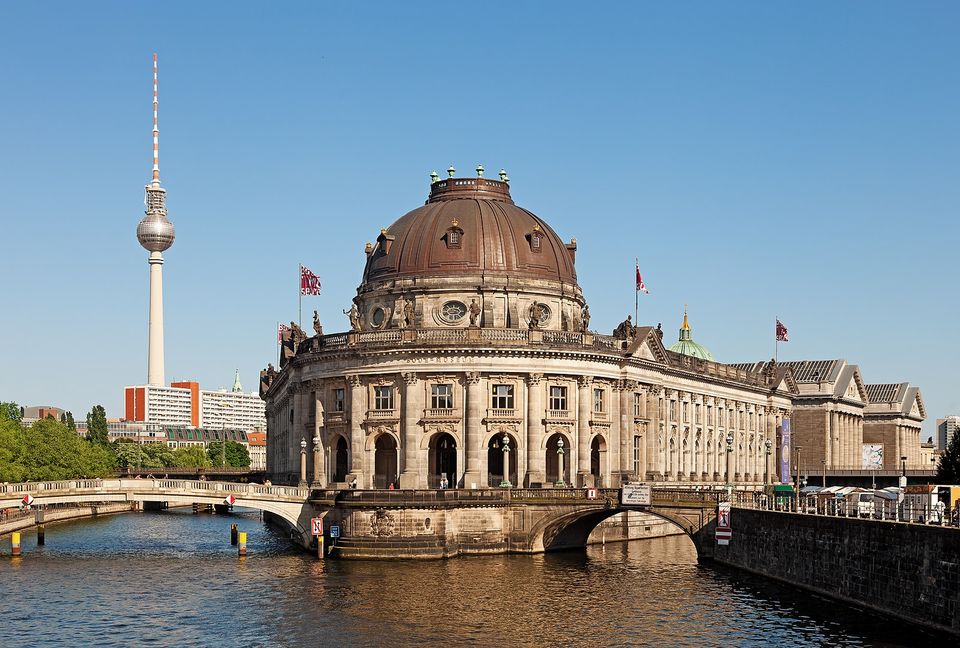
Berlin, Germany 🇩🇪
A city you would love to visit, if only to get the chance to tour its museums. I didn’t know about this fact earlier, but Berlin has a staggering 170 museums. “Berlin's Museum Island with its five museums is the largest museum ensemble in the world and is listed as a UNESCO World Heritage Site”, says the official site of Berlin Tourism. This renders Berlin a great travel destination for those who would love to immerse themselves in a complex variety of history and culture.
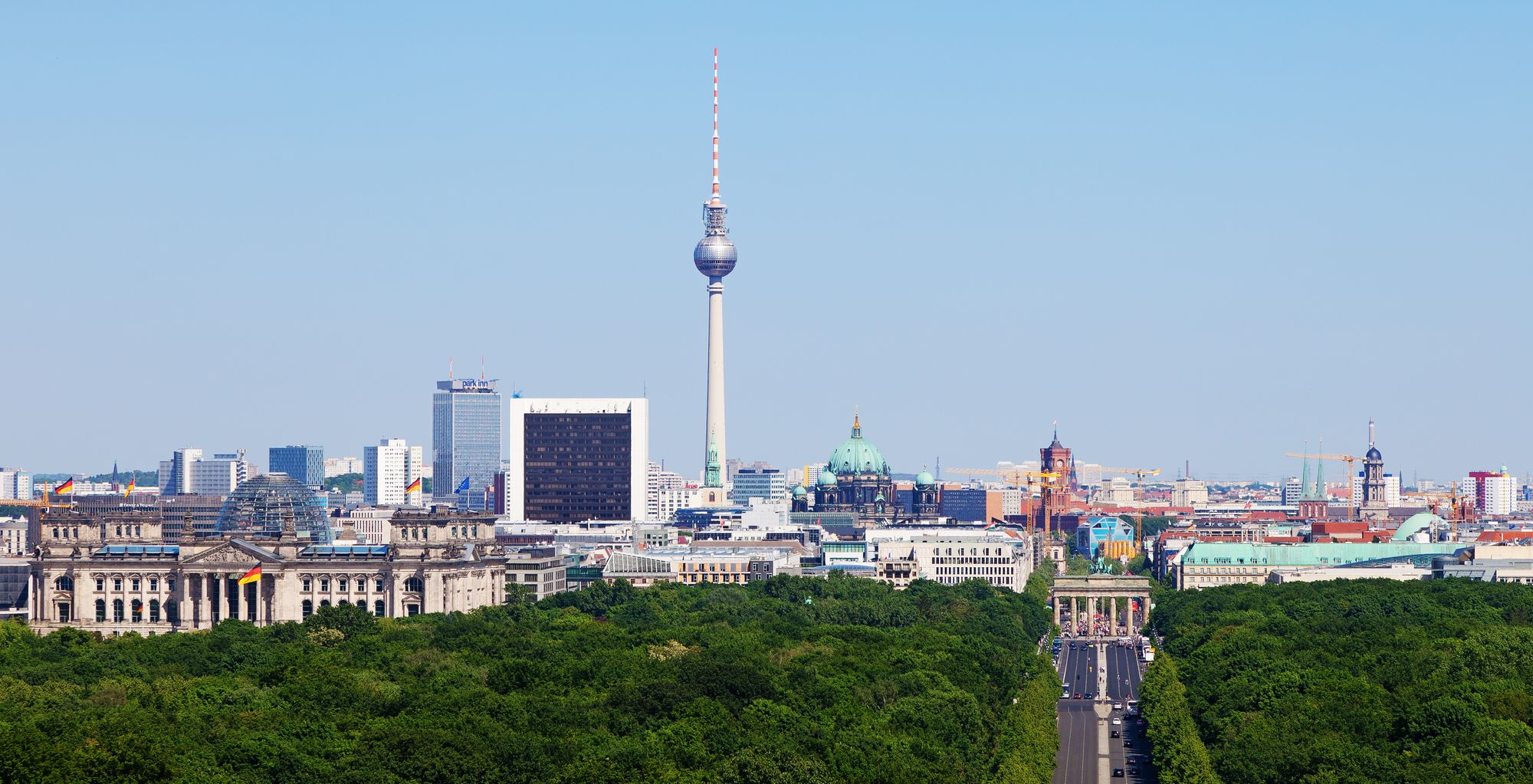
Berlin, Germany’s capital, dates to the 13th century. Reminders of the city's turbulent 20th-century history include its Holocaust memorial and the Berlin Wall's graffitied remains. Divided during the Cold War, its 18th-century Brandenburg Gate has become a symbol of reunification. The city's also known for its art scene and modern landmarks like the gold-colored, swoop-roofed Berliner Philharmonie, built in 1963.
My visit to Berlin was for a technology conference earlier in my career. I went solo on that trip, like the usual me when I want to enjoy my solitude and the disconnection from constant work and social life. My trip was short, only for one week. The first thing I remember doing was looking for museums to spend time in. Between the sessions I had spent in the conference, I would take some time off to get the chance to tour the city. Although I had some friends and colleagues attending the conference, I would still do that happily alone.
One museum that took me for a swirl, both in design and in history, was The Holocaust Memorial. I have always heard about the horrible stories of the holocaust, but seeing a museum that tells the story and history was a different experience altogether. There are so many other history museums in Berlin, that I would love to plan for in a future trip.
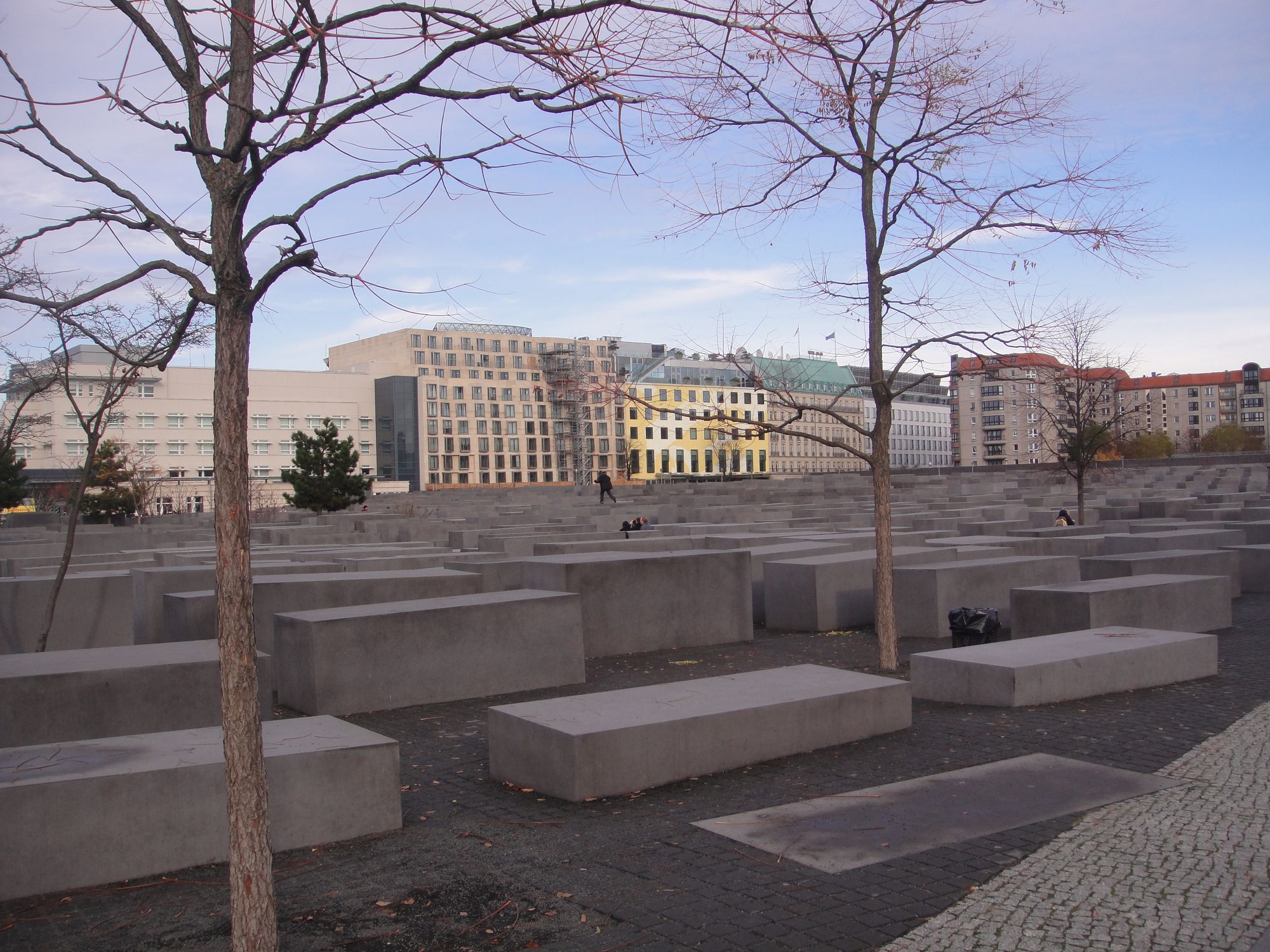
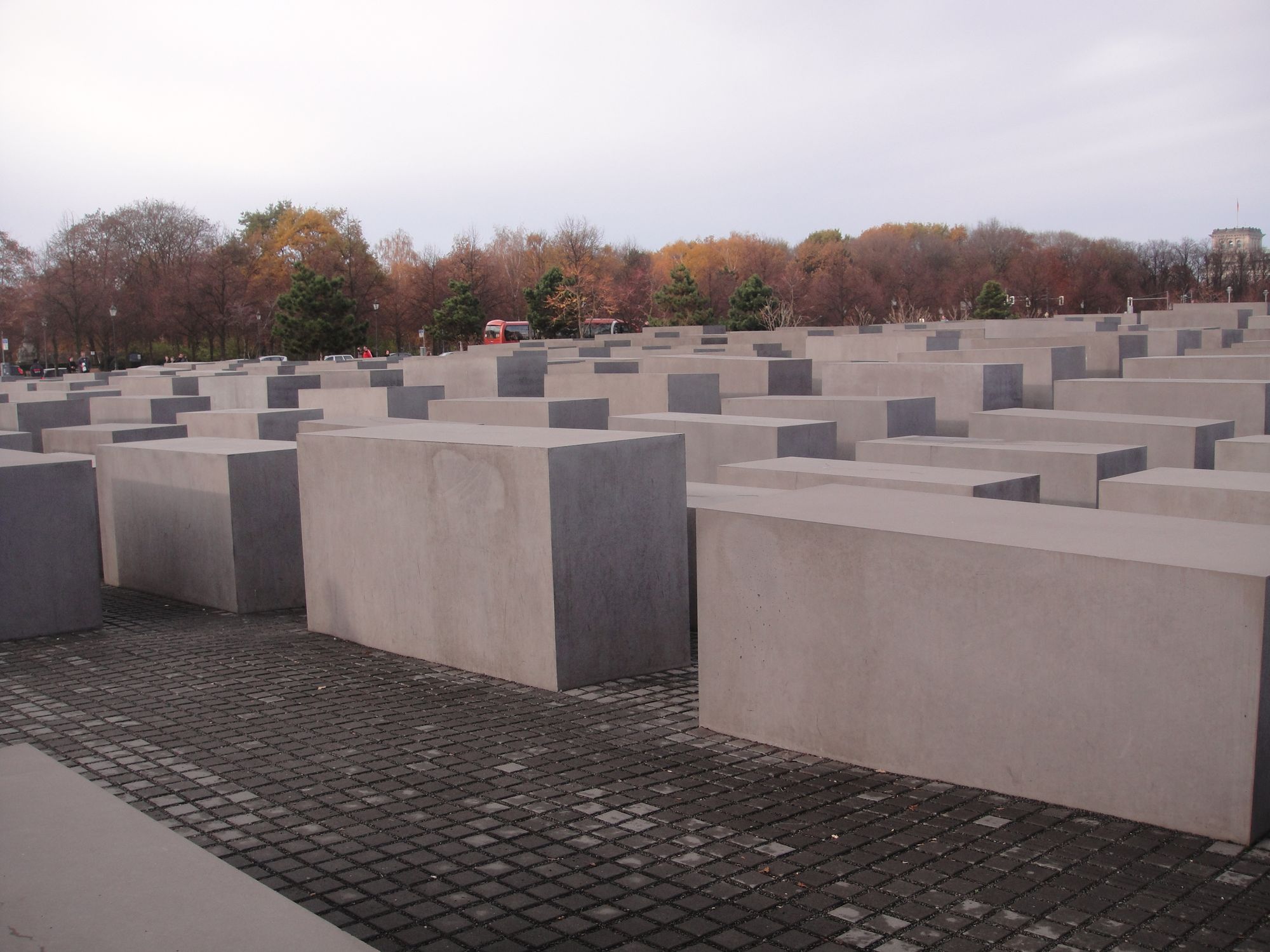
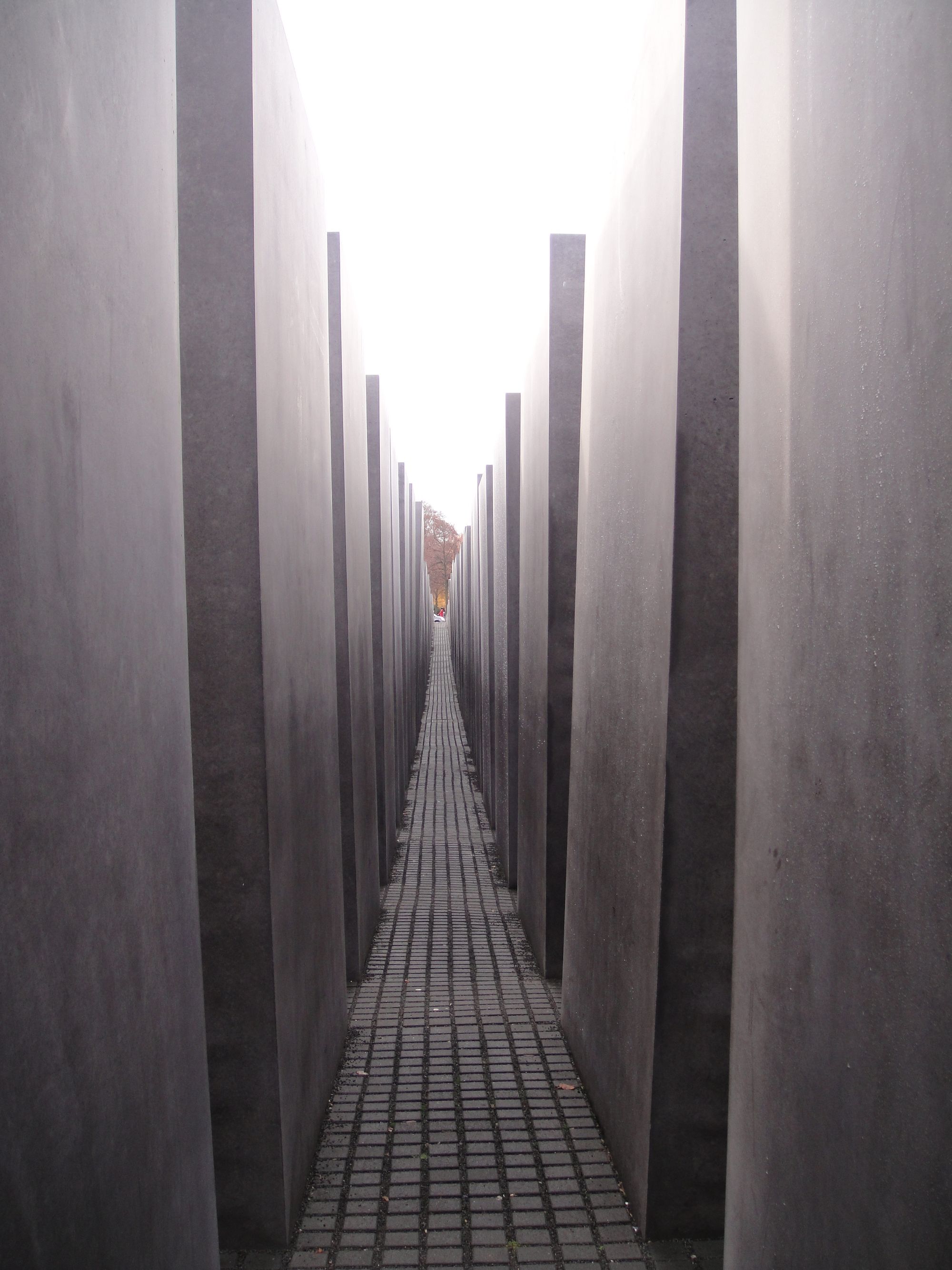
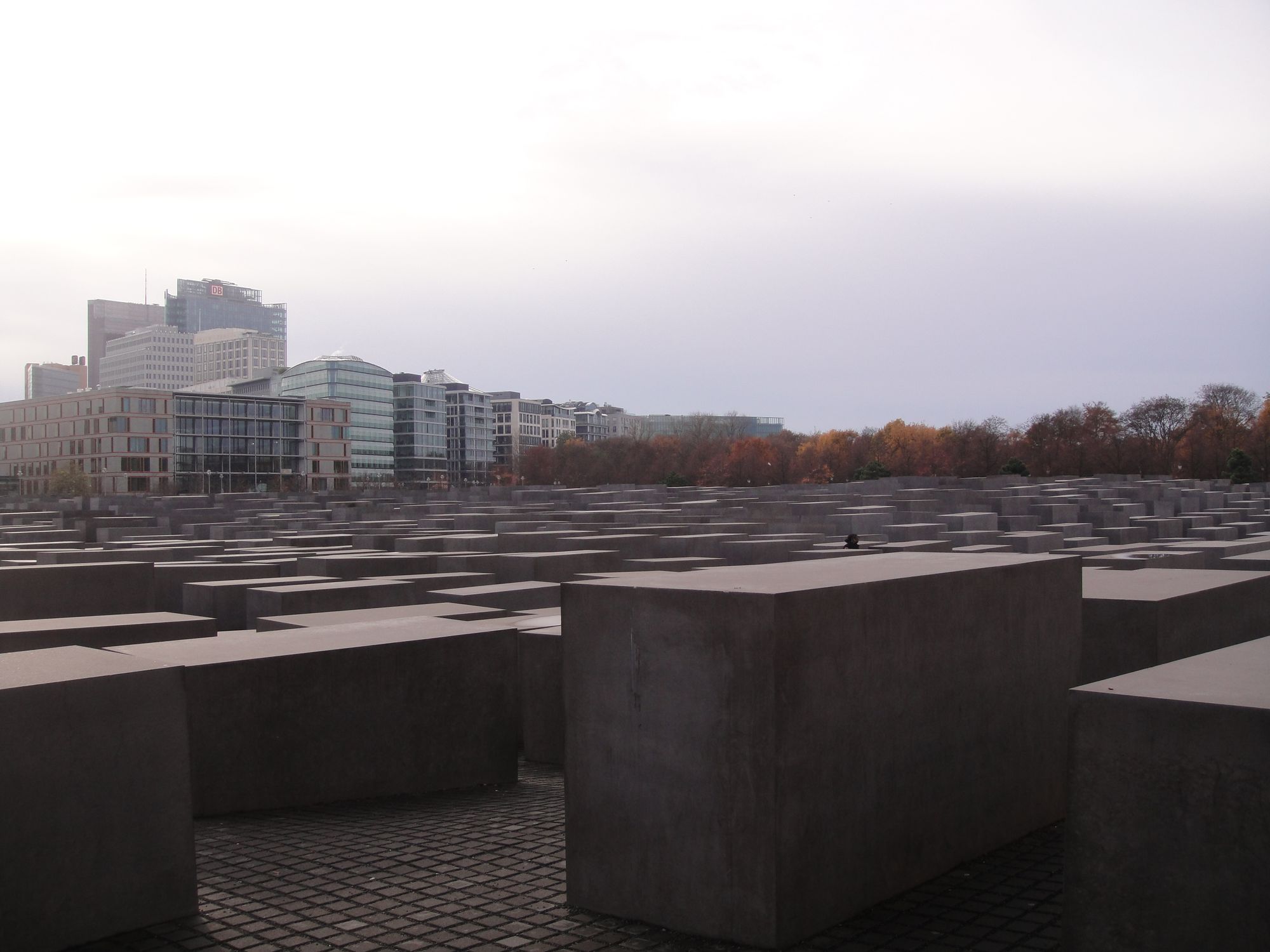
Die Espressonisten — Pin 📍
Trying to remember my visit to Berlin back then, I couldn’t seem to remember any cafes that I spent time in. I guess I didn’t develop a fond for coffee houses at the time, so I didn’t look up great places to spend some time alone reading, contemplating, and writing. So, what I am going to do in this post is to take a virtual tour in a cafe which I plan to drop by the next time I get the chance to have a trip to this lovely city.

Planned for a long time and finally reality since the end of October 2016: our Berlin branch. It was very important to us not to end up “somehow in Berlin”, but in a place that inspires us. Zimmerstraße 90 is exactly this place: a former gallery near Checkpoint Charlie, where we can put version 2.0 of our successfully tested store concept into practice. Over 130m2 full espresso service - from a hand-selected range of home machines to selected beans and our own gastro showroom to the bar with a three-group Slayer V3 Custom.
— Espressonisten
After going through several options, my choice in this post goes to “Die Espressonisten” a modern and lovely cafe at the heart of Berlin. It appears from their website that they also have other branches. I loved the spot of this cafe because it enables you to explore the many historical places, attractions, and museums around it. You might consider it as the main stop for you during the day, or just include it in your tour to get fresh coffee in a great and welcoming coffee house.
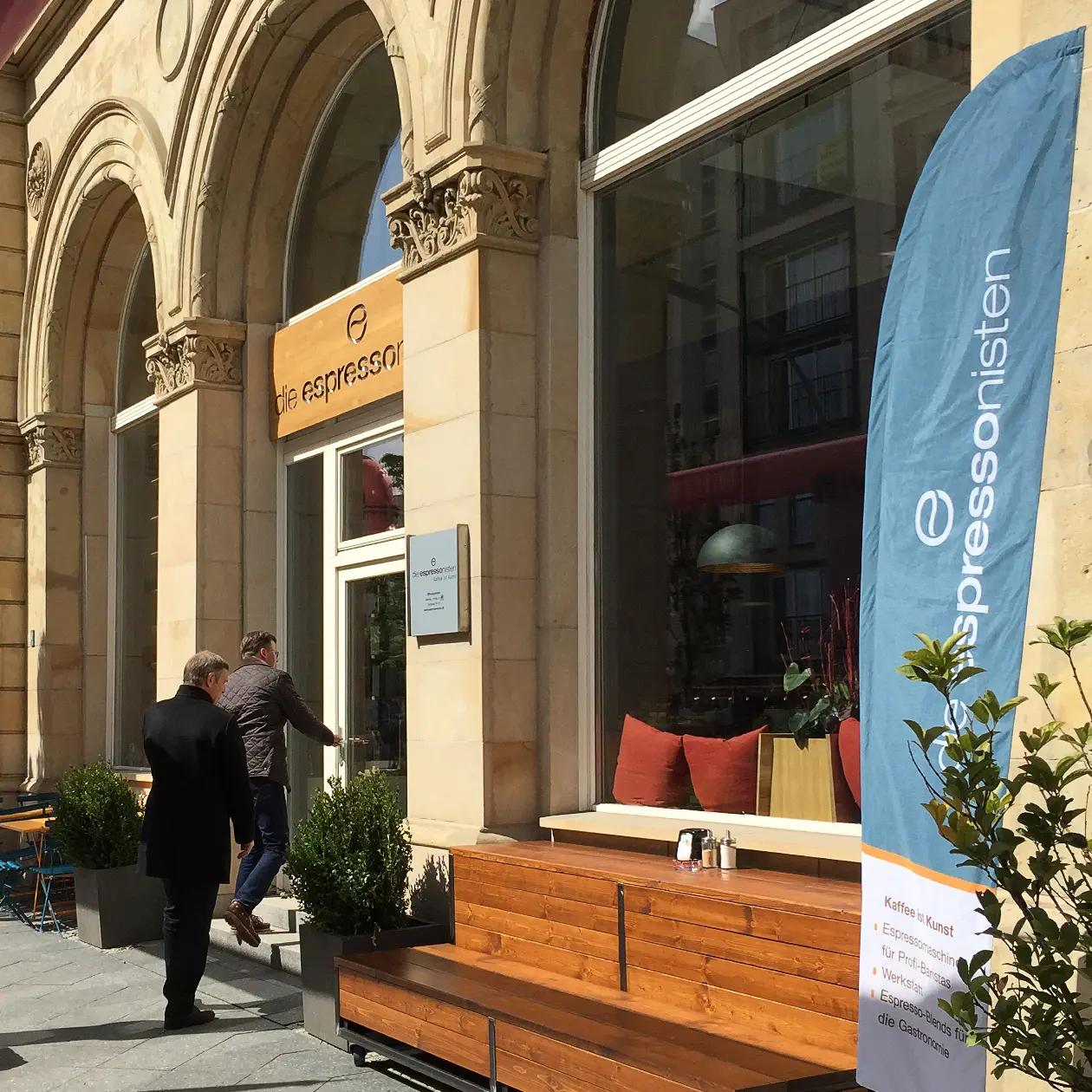
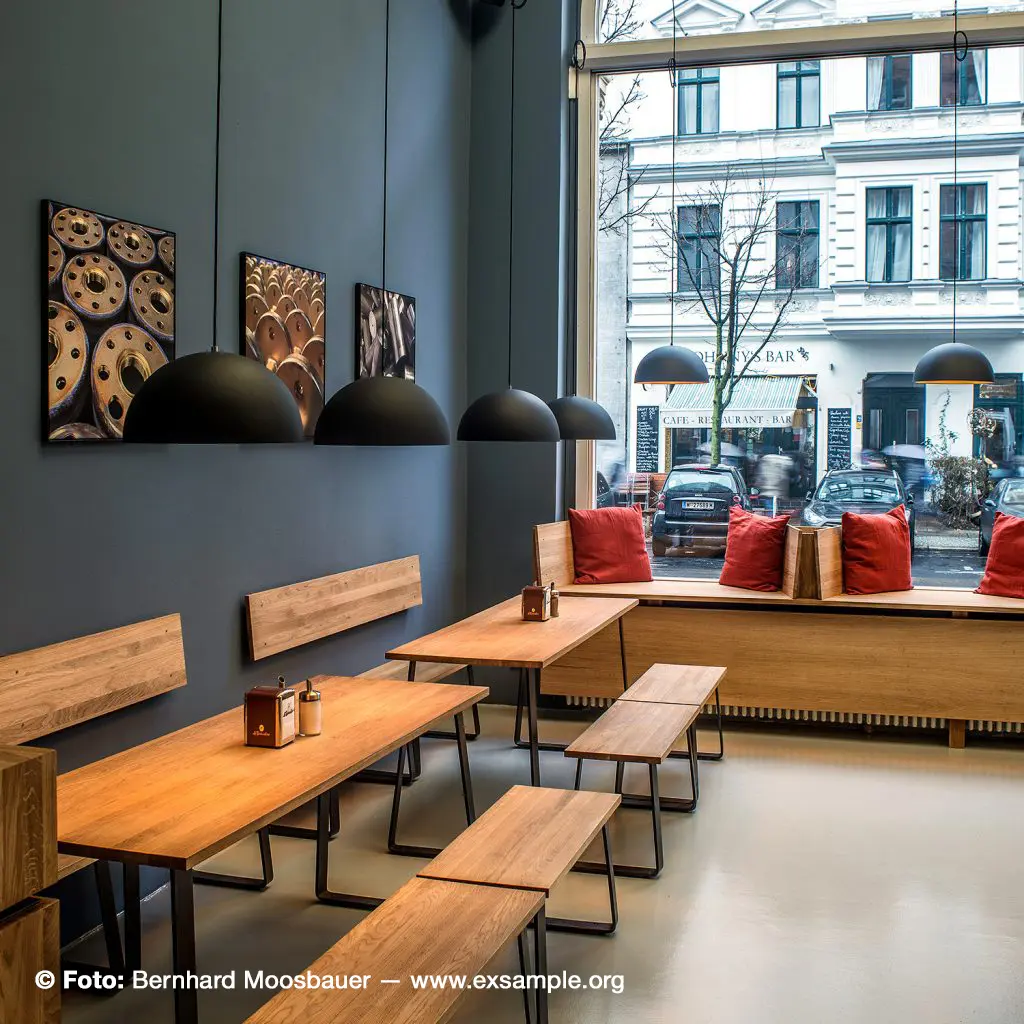
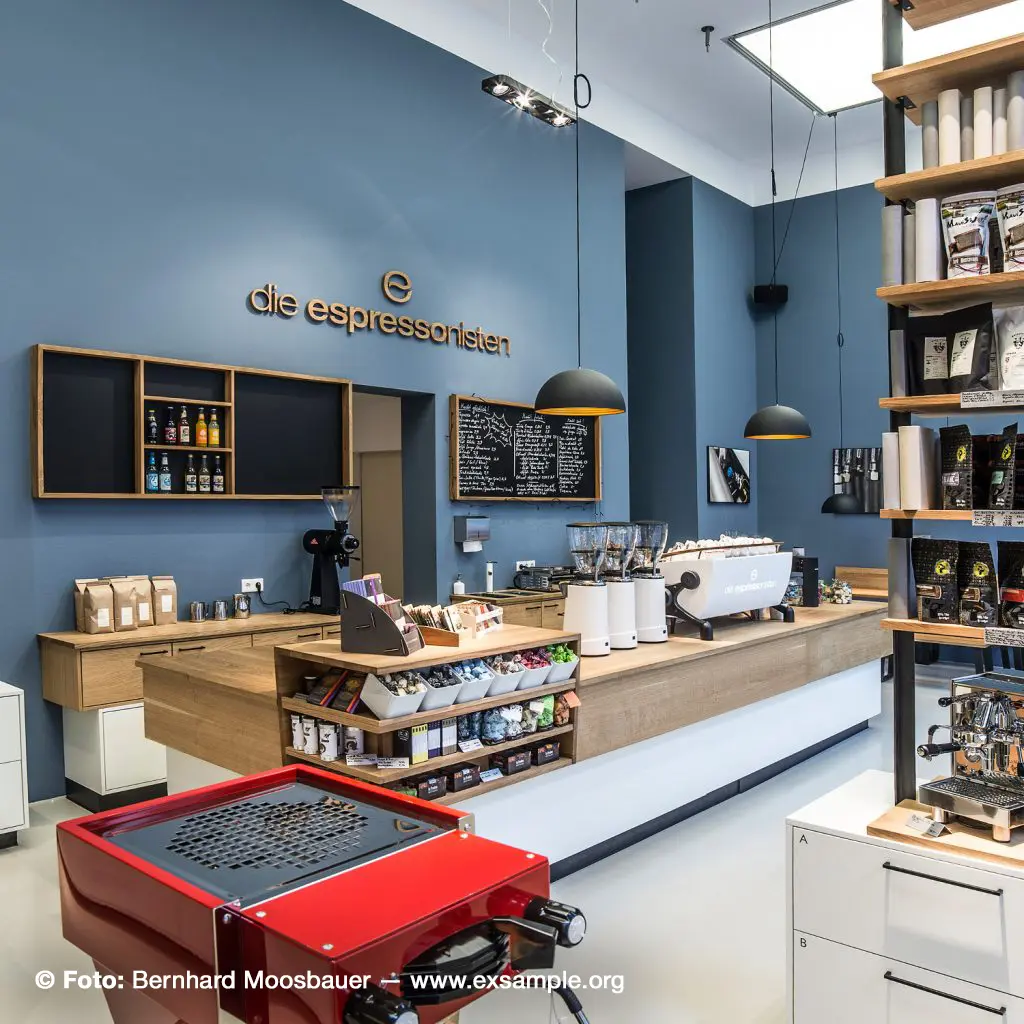
Not far away from this spot, you can reach the following sights and attractions that can open portals for you into the history and culture of Berlin and Germany.
- Checkpoint Charlie: landmark boundary marking east & west Berlin with a white sentry guard house & cobbled border line.
- The Wall: experience everyday life in the shadow of the Berlin Wall in a unique panorama by the artist Yadegar Asisi at Checkpoint Charlie.
- Berlin Wall: graffiti-covered remains of a Cold War barrier that divided the city, now a historical monument.
- Topography of Terror: modern center on the site of the former Gestapo headquarters, documenting the horrors of Nazism.
- Air Service Berlin - Welt Balloon: landmark helium balloon depicting the globe, rising to 500 meters for views of the whole city.
- Museum for Communication Berlin: displays from telephones to computer technology in 19th-century post office & communications museum.
- Memorial to the Murdered Jews of Europe: 2,710 columns forming a vast mazelike Holocaust memorial, with an underground exhibition room.
- Potsdamer Platz: historic square reborn since fall of Berlin Wall, now a hub of entertainment, restaurants and shops.
- Brandenburg Gate: restored 18th-century gate & landmark with 12 Doric columns topped by a classical goddess statue.
- Alexanderplatz: historic meeting and market place rebuilt post-war with modern buildings and 365-meter TV tower.
— descriptions of the places above come straight from Google.
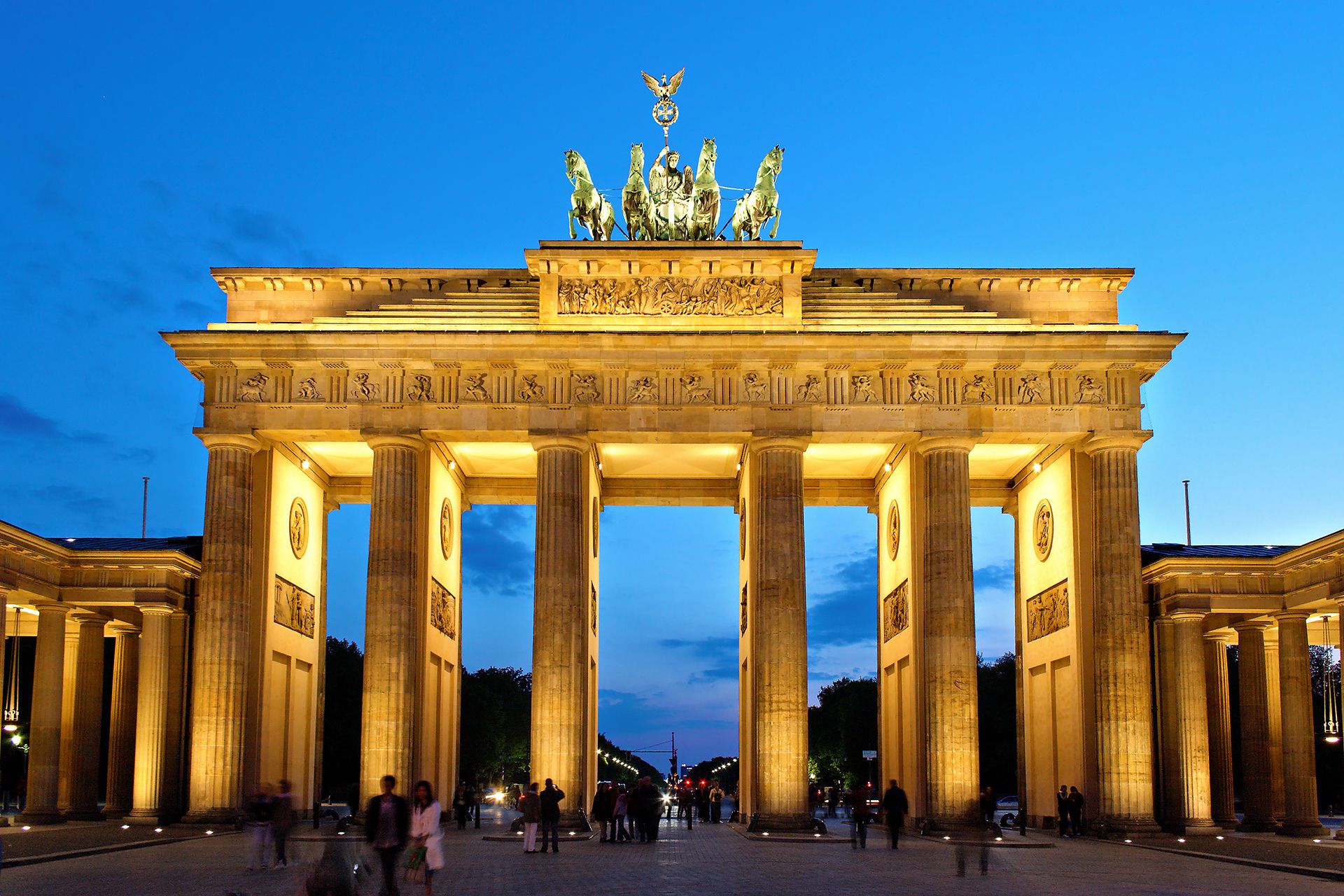
The Brandenburg Gate is one of the most iconic sights in today’s vibrant Berlin. More than just Berlin’s only surviving historical city gate, this site came to symbolise Berlin’s Cold War division into East and West – and, since the fall of the Wall, a reunified Germany. Architecturally, the sandstone Brandenburg Gate also represents one of the earliest and most attractive examples of a neo-classical building in Germany.
— Visit Berlin
Geographical vs. Cultural Travel
Everyone travels geographically when they step foot on a different land other than their home. But few, in comparison, travel culturally. When you travel culturally, you actually try to immerse yourself in the culture of the land that you are visiting geographically, rendering your travel twice as much rich, if not even more richer.
I have seen and met people coming to our own homeland, but willing to be enclosed in their own cultures and whatever habits they are used to. I have also seen those of my kin traveling abroad and trying to live their “Saudi” life and culture in the other sides of the world. This seems to be the same whether one travels for business, for medical, for educational, or for leisure purposes. You will always see those who cling inward, and those who open to the outer world.
Opening to the outer world cultures means that you first research well what does the other country or city looks like, and what does it have to offer. Then, it takes your willingness to leave behind your own culture and habits. Largely, I mean the material stuff, not the moral intangibles. Who you are will always be with you no matter how far you travel or how hard you try to conceal it. And that is not the purpose of immersing in a different culture. You still want to hold on your own culture and identity. But the things you are used to, the things you bring with you, the habits you built over years, the way you live, and even the food you eat should be open for a change to have a rich cultural travel. This is what I call authentic travel, traveling through culture as well as geography.
The Geography of Bliss
Speaking of travel and geography, it comes to my mind two books from an excellent author. They are written by Eric Weiner, and both explore different places with a different lens each time. One of the books is “The Geography of Bliss: One Grump's Search for the Happiest Places in the World” and the other is “The Geography of Genius: A Search for the World's Most Creative Places from Ancient Athens to Silicon Valley”. I am concerned with the former in this post.
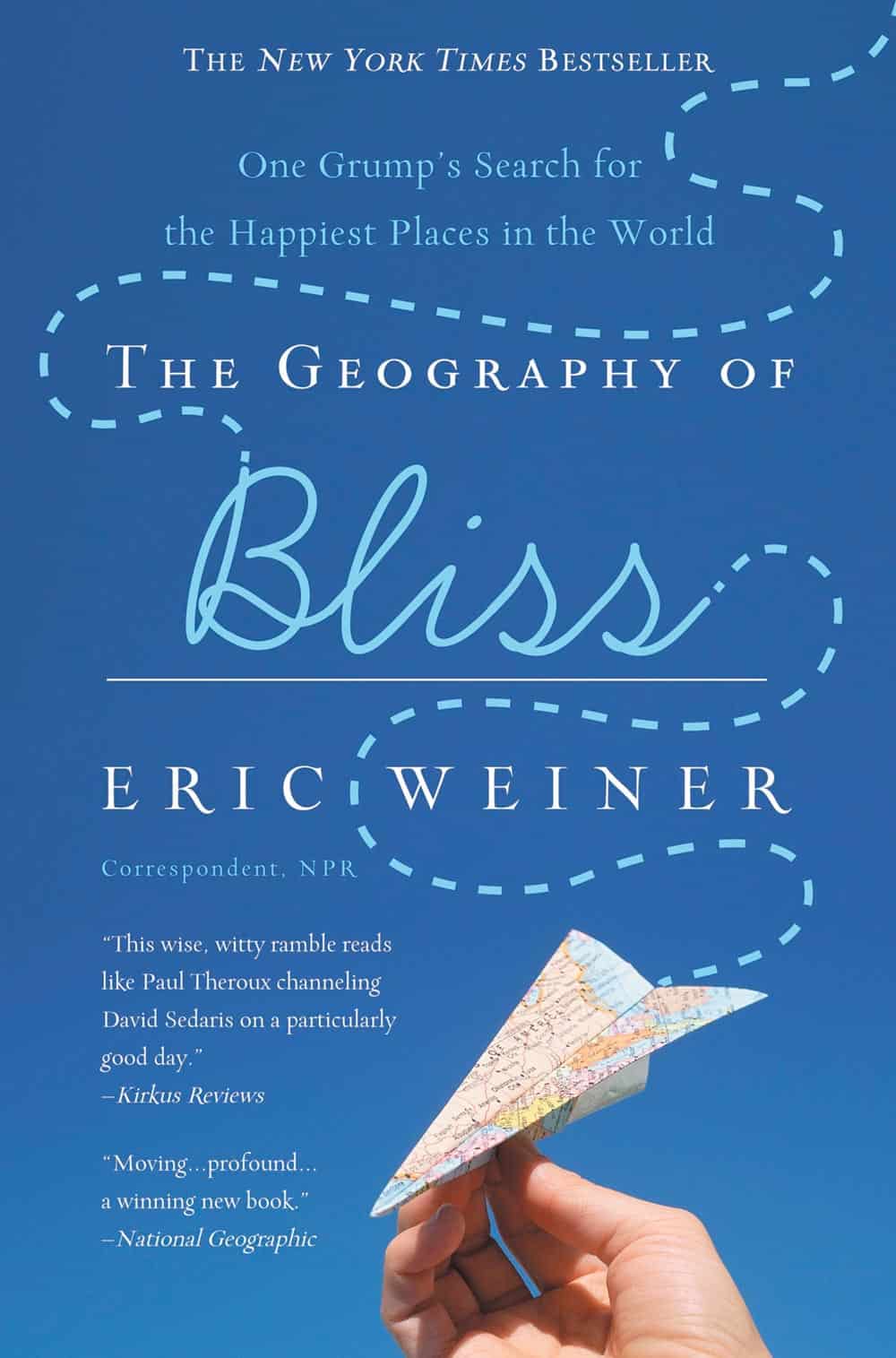
The Geography of Bliss: One Grump's Search for the Happiest Places in the World
Part travel memoir, part humor, and part twisted self-help guide, The Geography of Bliss takes the reader across the globe to investigate not what happiness is, but WHERE it is.
Are people in Switzerland happier because it is the most democratic country in the world? Do citizens of Qatar, awash in petrodollars, find joy in all that cash? Is the King of Bhutan a visionary for his initiative to calculate Gross National Happiness? Why is Asheville, North Carolina so damn happy?
In a unique mix of travel, psychology, science and humor, Eric Weiner answers those questions and many others, offering travelers of all moods some interesting new ideas for sunnier destinations and dispositions.
I picked this book not because it talks about culture, but because it adds a purpose to a pure travel. Eric is great with words, and he takes you in a global tour looking for where happiness is and why it is so. His sense of humor and wisdom makes the read very enjoyable.
Beautiful, entertaining, and full of practical wisdom. A blend of biography, geography, and culture along the lines of humorous story telling.
Eric, just like in his newer book "Geography of Genius", doesn't offer you a recipe or a framework for his findings. He handholds you and takes you in a journey to discover things on your own. Yes, he tells you what he believes and finds, but you don't necessarily reach the same conclusions. You are free to wander and come up with your own perspectives.
I enjoyed every bit of it!
— Abdurrahman, Goodreads.
I picked a couple of quotes from the book to get you excited about it.
“In other words, where we are is vital to who we are. By “where,” I’m speaking not only of our physical environment but also of our cultural environment. Culture is the sea we swim in—so pervasive, so all-consuming, that we fail to notice its existence until we step out of it. It matters more than we think.”
― Eric Weiner, The Geography of Bliss: One Grump's Search for the Happiest Places in the World
“Some cultures, for instance, are collectivist; others are individualistic. Collectivist cultures, like Japan and other Confucian nations, value social harmony more than any one person’s happiness. Individualistic cultures, like the United States, value personal satisfaction more than communal harmony. That’s why the Japanese have a well-known expression: “The nail that sticks out gets hammered down.” In America, the nail that sticks out gets a promotion or a shot at American Idol. We are a nation of protruding nails.”
― Eric Weiner, The Geography of Bliss: One Grump's Search for the Happiest Places in the World
The next time you think about traveling, think twice about doubling on your experience. Travel geographically, but also travel culturally.
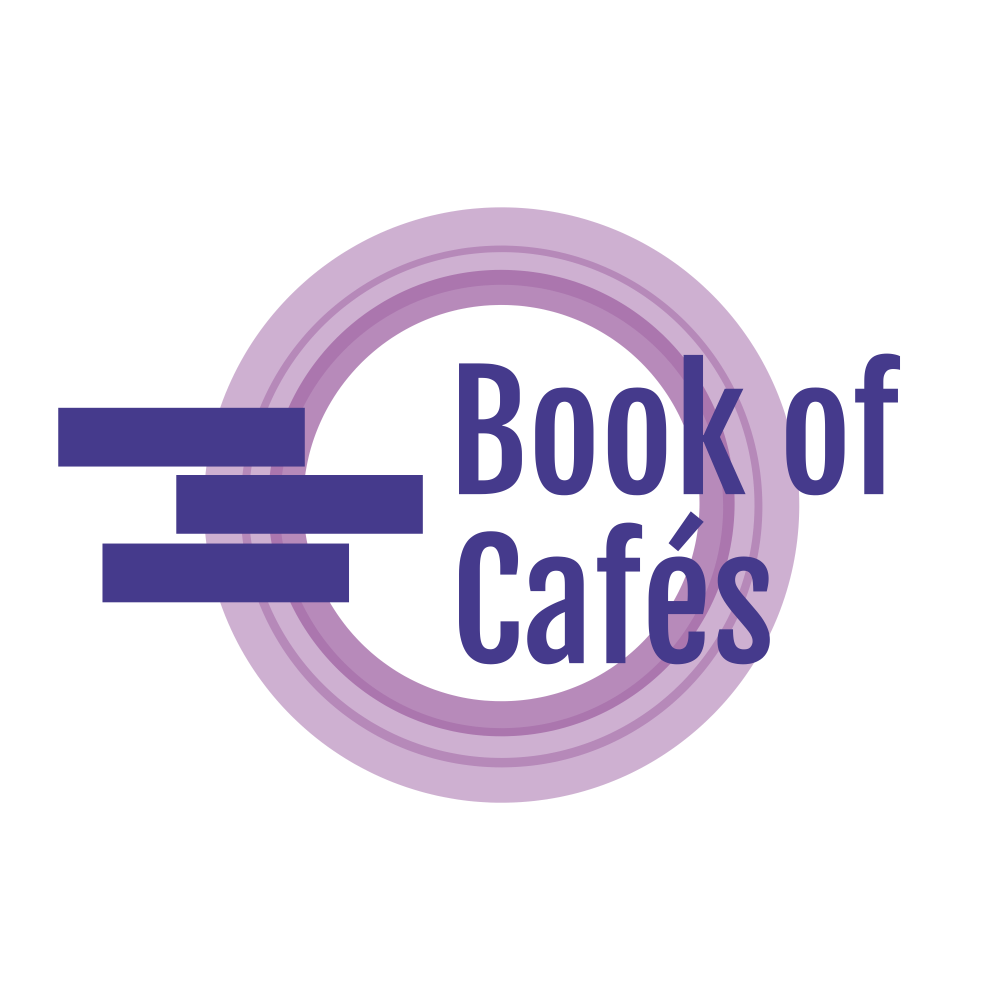
Member discussion